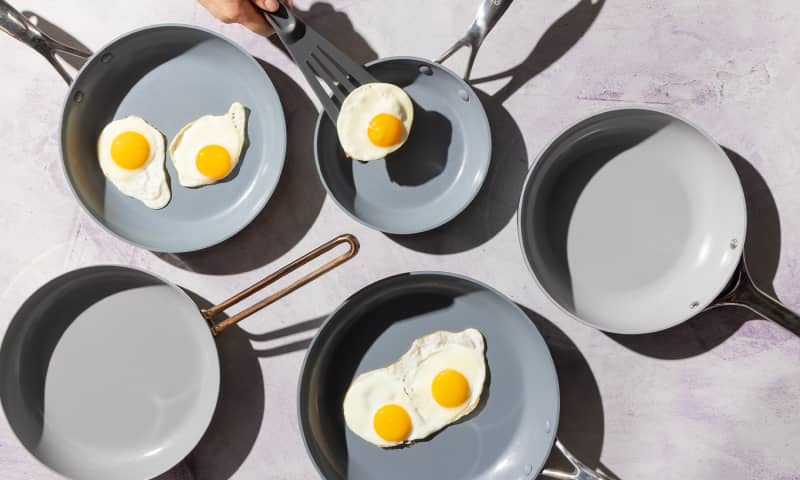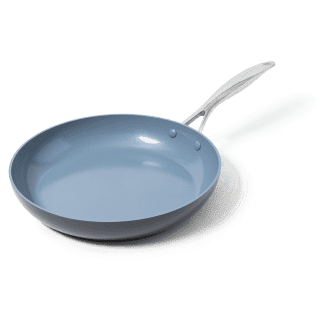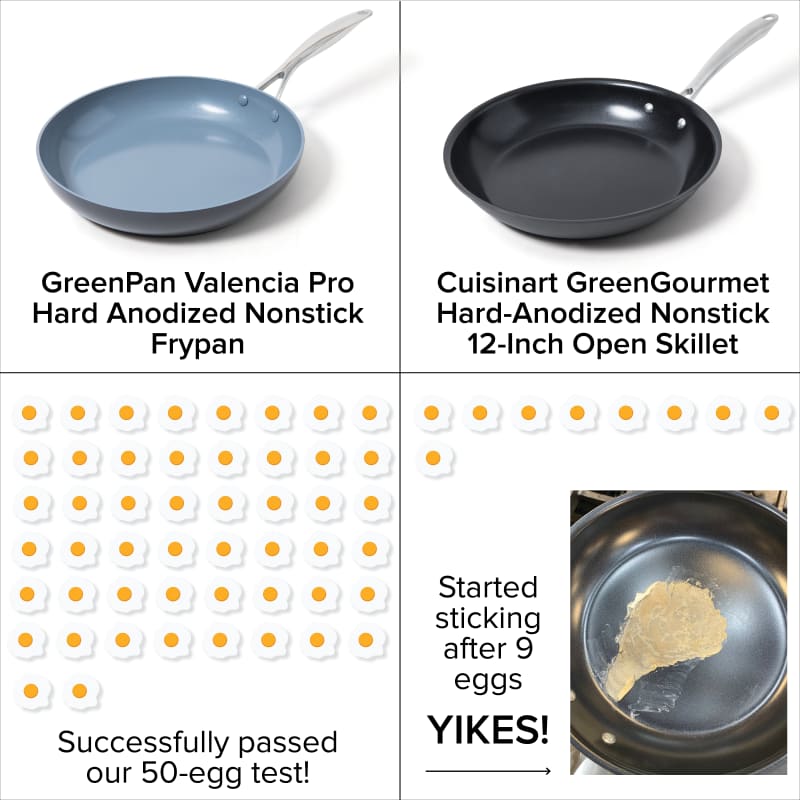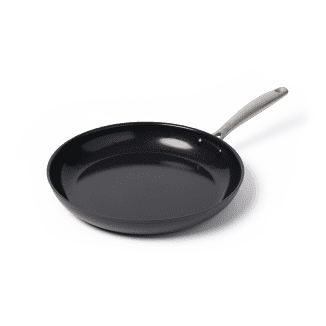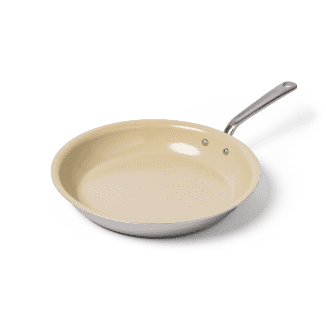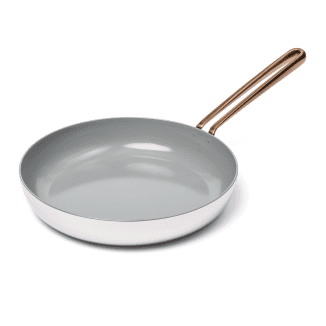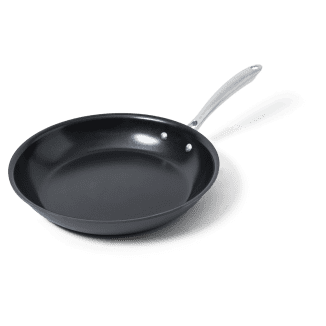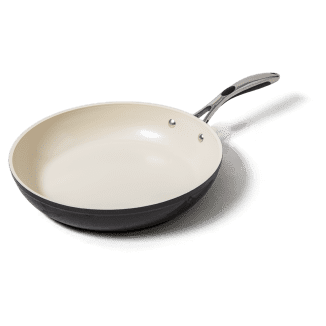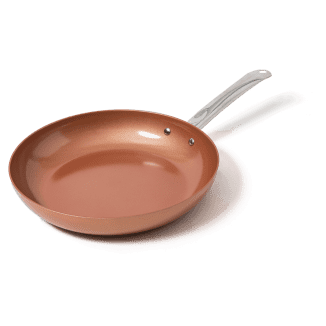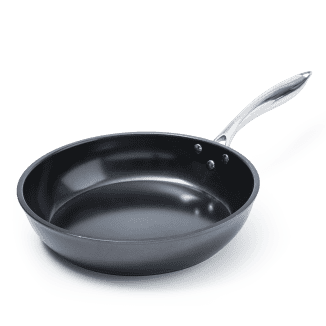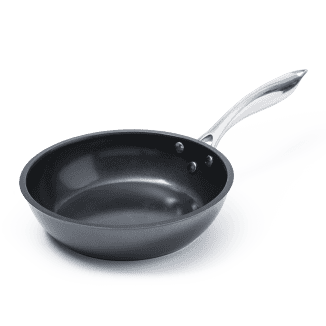Traditional nonstick skillets have coatings made with PTFE. Best known by the brand name Teflon, PTFE (polytetrafluoroethylene) belongs to a larger category of chemical compounds called PFAS, which are responsible for making surfaces slippery and resistant to water and oils. The way PTFE is produced has changed over the decades, making nonstick pans safer and more durable.
Still, there remain concerns about how safe traditional nonstick pans are to use. Until about 2015, PTFE was processed with the help of a compound called perfluorooctanoic acid (PFOA) that was discovered to be dangerous to the environment and human health. PFOA has since been phased out in the United States, and new chemicals have taken its place in the PTFE manufacturing process; research into the relative safety of those replacement chemicals is ongoing. Currently, scientific research suggests that traditional nonstick cookware is safe to use as long as you don’t heat it above 500 degrees. If you heat a traditional nonstick skillet past this mark, it may emit toxic fumes. (For more information, see our article about nonstick cookware and health). In addition, all PTFE coatings will eventually wear out with use, and previous tests have shown us that they scratch easily as well.
If you’d like to avoid or minimize your exposure to PTFE, ceramic nonstick cookware can be great. Ceramic cookware hit the market right around the time that the risks of PFOA were becoming clear. As with PTFE-based coatings, the metal pans are sprayed with a liquid material that, when heated, hardens to a slick surface. But unlike PTFE-based coatings, the liquid is made from a glass-like ceramic material derived from beach sand, and there is no risk of it releasing toxic fumes, even at high temperatures.
There are some tradeoffs, though. In general, we’ve found that ceramic nonstick isn’t quite as nonstick or as durable as traditional nonstick and gets even less nonstick and durable over time. Ceramic surfaces are brittle by nature and thus more likely to develop microscopic surface cracks during everyday use than PTFE nonstick coatings are. It’s a problem that quickly goes from bad to worse: The rougher a cooking surface becomes, the more likely food is to stick to it, and scrubbing off that stuck-on food can cause further degradation.
